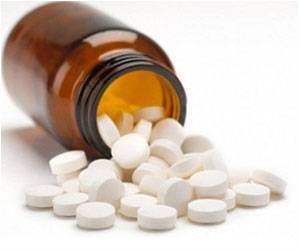Findings from a recent study has shown that an adhesive patch that resembles the size of a credit card and uses a tiny electric current to deliver
Findings from a recent study has shown that an adhesive patch that resembles the size of a credit card and uses a tiny electric current to deliver pain medication through the skin does the job about as well as conventional intravenous devices. The patch is affixed to the patient's upper arm or chest after surgery. Both the patch and some intravenous delivery systems allow the patient to self-medicate by pressing a button, according to a company-funded study.
Manufacturers say the patch is able to deliver a potent pain reliever through the skin with a very, very tiny electric current at the demand of the patient.For the study 636 patients following major surgery were assigned either to the patch with the painkiller fentanyl hydrochloride or an intravenous system that delivered morphine. Of those wearing the patch, 74 percent rated it good to excellent at relieving pain in the 24 hours after surgery while 77 percent of those getting morphine intravenously rated that method highly.
Thus the patches allow patients to move about more freely and may replace cumbersome intravenous systems that require a needle, tubes and a pump. However the fentanyl patch system is still under review by the U.S.




